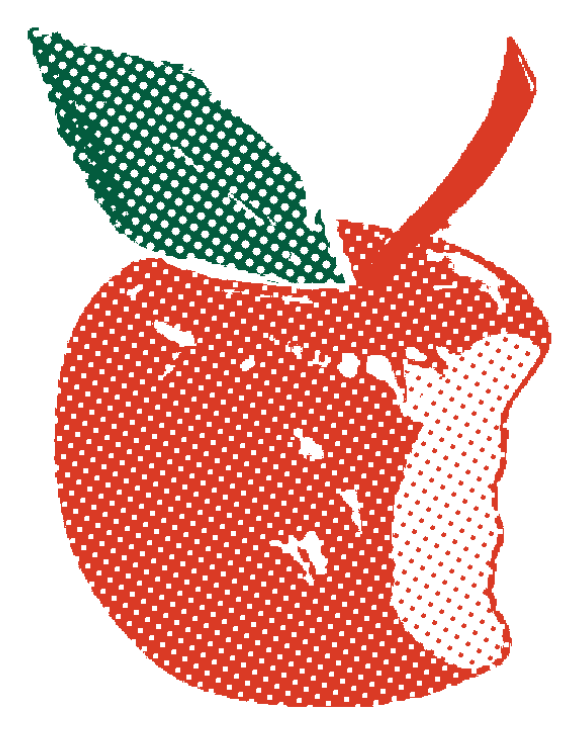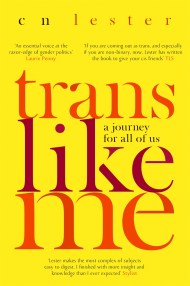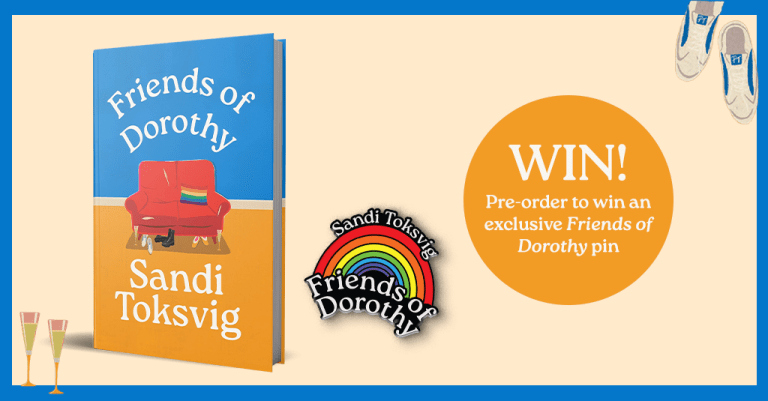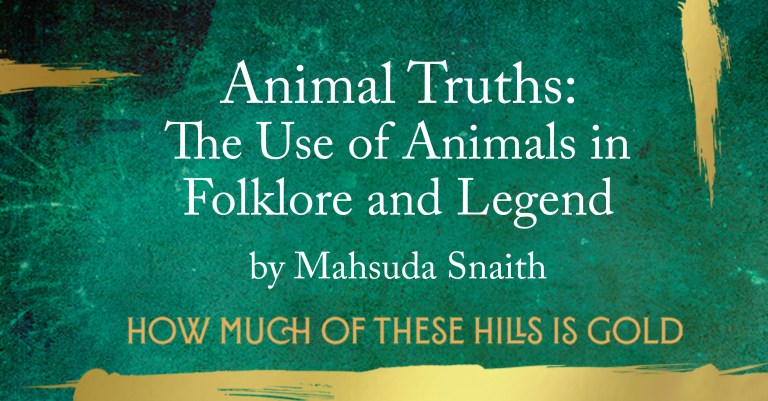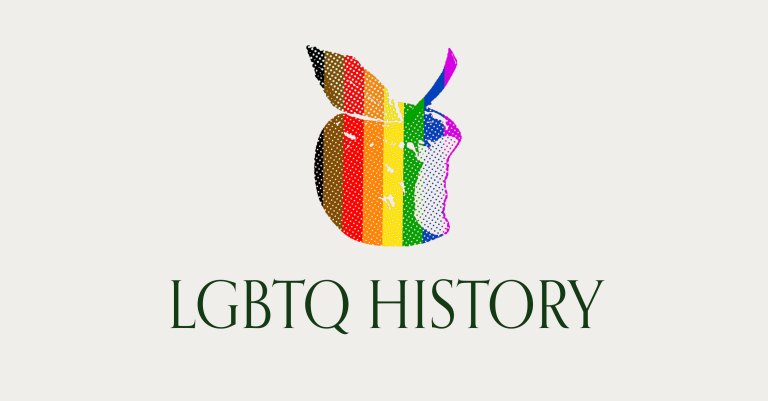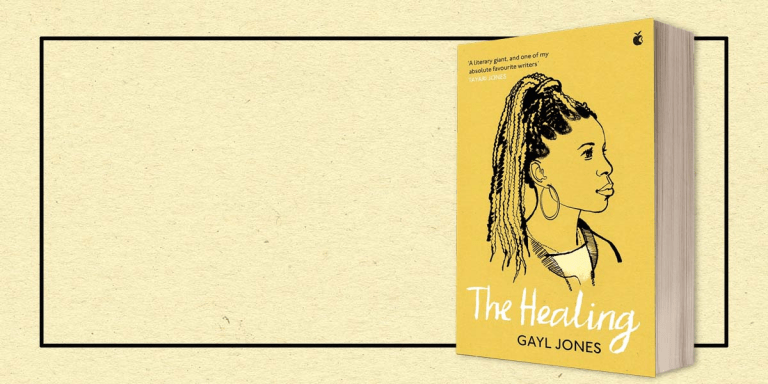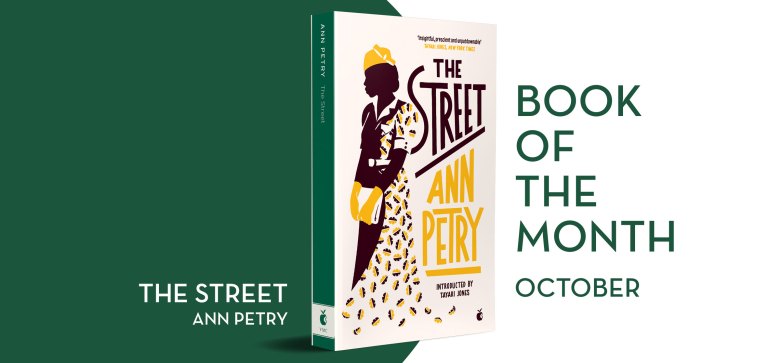Pride 2020 | An Extract from Trans Like Me by C N Lester
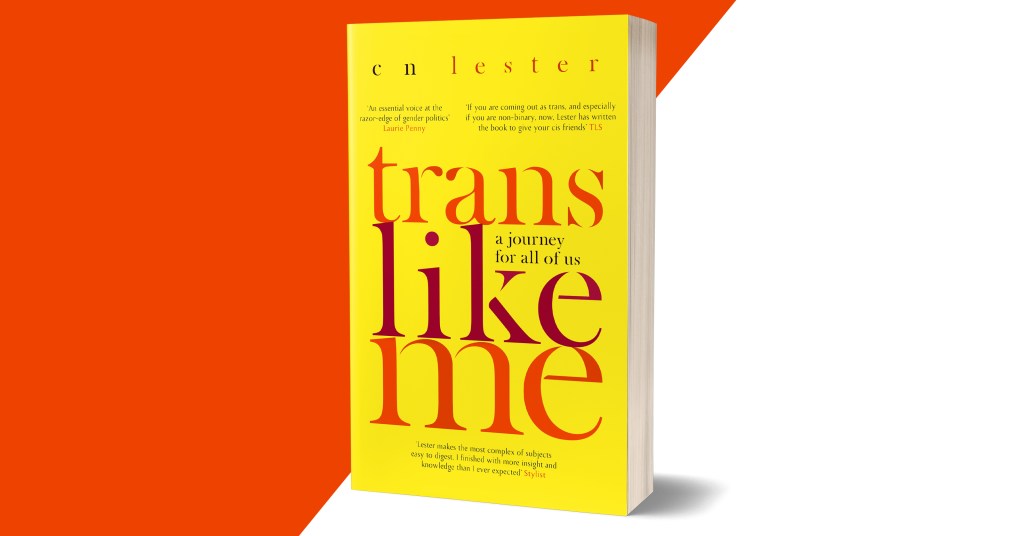
‘One of the year’s most important books on transgender identity’ Gay Times
Read an extract from this eye-opening book. CN Lester, academic and activist, takes us on a journey through some of the most pressing issues concerning the trans debate: from pronouns to Caitlyn Jenner; from feminist and LGBTQ activists, to the rise in referrals for gender variant children – all by way of insightful and moving passages about the author’s own experience. Trans Like Me shows us how to strive for authenticity in a world which often seeks to limit us by way of labels.
CN Lester is an academic, writer, musician and leading LGBTI activist. Co-founder of the UK’s first national queer youth organisation, they curate the trans art event Transpose for Barbican and work internationally as a trans and feminist educator and speaker. Their work has featured on BBC Radio 3, BBC Radio 4, SBS, The Guardian, ABC, The Independent, Newsnight, New Internationalist and at Sydney Opera House.
A singer-songwriter and a classical performer, composer and researcher, CN specialises in early and modern music, particularly by women composers.
They live in London and drink too much coffee. Trans Like Me is their first book.
* * *
Prologue
What does the word ‘trans’ mean to you? A term picked up from magazines, newspapers, the internet? A way of describing a colleague – maybe even a friend, or family member? A phenomenon affecting other people? Or, perhaps, a facet of who you think you might be?
When I work with organisations to provide trans diversity training, I always begin by asking for other people’s definitions. Inevitably, writing them up, I run out of space on the whiteboard. Suggestions for what ‘trans’ means includes: people who were assigned one sex at birth (male or female) who medically transition to the other, people who live as the opposite sex without surgery or hormones, people who combine or blur sex and gender categories, and people who cross-dress. Participants suggest words and meanings: trans- sexual to mean someone who has or wants to transition, transgender to indicate a wide variety of unusual gendered experiences, and genderqueer, gender-neutral and non-binary to mean someone who complicates the simple division of female and male, combining or denying these categories.
All of these ways of being can be included in the word ‘trans’. Any person who has had to challenge or change the sexed and gendered labels placed upon them at birth to honour their true selves can, by their own or others’ volition, find themselves under this trans umbrella. The category of trans can be an uncomfortable place to be, filled with the fears society has about disruption, fitting in, danger and change.
It is also a place filled with unlooked for knowledge, new experiences, new perspectives, and unanticipated joy.
This is a book about gender – how we all live it, how we think about it, why we do and think what we do. It is also about how some of those things have changed and will change. It is a book about what it is to be trans, to be a woman or a man or a person who is neither, in different times and in different places. It is about our gendered words, and how those words lead to the concepts, laws and categories that shape our frequently conflicting realities: our families, our love lives, our place in the world. It is a book about my journey through gender, sex, selfhood – and, if you want it to be, about yours.
Throughout this book, I’m going to break down the most common myths about trans lives: panic about ‘sex changes’ for young children, the fear of trans people in bathrooms and changing rooms, and the assumption that being trans is a faddish new trend. A little knowledge is a dangerous thing; luckily, we have a wealth of information about what it is to be trans, and how the world is changing and growing in response to the challenge of trans lives.
Inevitably, when we talk about being trans we have to talk about transphobia. It is hard to live it: it can be hard to read it. It is so tempting to become defensive, to shut down and try to shut it out, to ignore it until it goes away.
But we – all of us – cannot fix this problem until we look it square in the face. And what it is that we gain from embracing the truth of trans existence is so great, so important, that this is a challenge we must take on. We cannot have the good without tackling the bad – and the good is better than we have ever been taught to expect.
I came out as trans half a lifetime ago. In all these intervening years, I have had my share of hardships, but I have never regretted the decision to tell the truth about my gender. I cannot put a price on the wonder of being at peace with who I am, and of living my life as my whole, authentic self. I believe we all deserve a chance at that happiness.
Opening ourselves up to the trans experience – whether or not we ourselves are trans – means embracing a new way of seeing the world. It requires trust, empathy and imagination. It is not a one-way process, but a journey we are all on together.
This is one book, and one story, out of millions. This is a work in progress.
'CN Lester breaks down the myths and misconceptions about trans people and politics with clarity and calm. An important, timely book' JULIET JACQUES
In this eye-opening book, CN Lester, academic and activist, takes us on a journey through some of the most pressing issues concerning the trans debate: from pronouns to Caitlyn Jenner; from feminist and LGBTQ activists, to the rise in referrals for gender variant children - all by way of insightful and moving passages about the author's own experience. Trans Like Me shows us how to strive for authenticity in a world which often seeks to limit us by way of labels.
'Lester makes the most complex of subjects easy to digest. I finished with more insight and knowledge than I ever expected' STYLIST
'CN Lester is a writer for our times - a moving, learned and essential voice at the razor edge of gender politics' LAURIE PENNY
'One of the year's most important books on transgender identity' GAY TIMES
